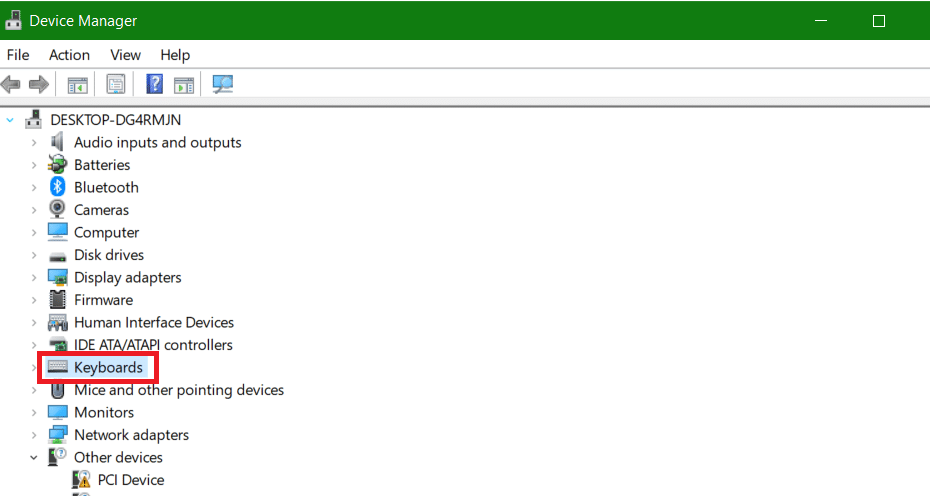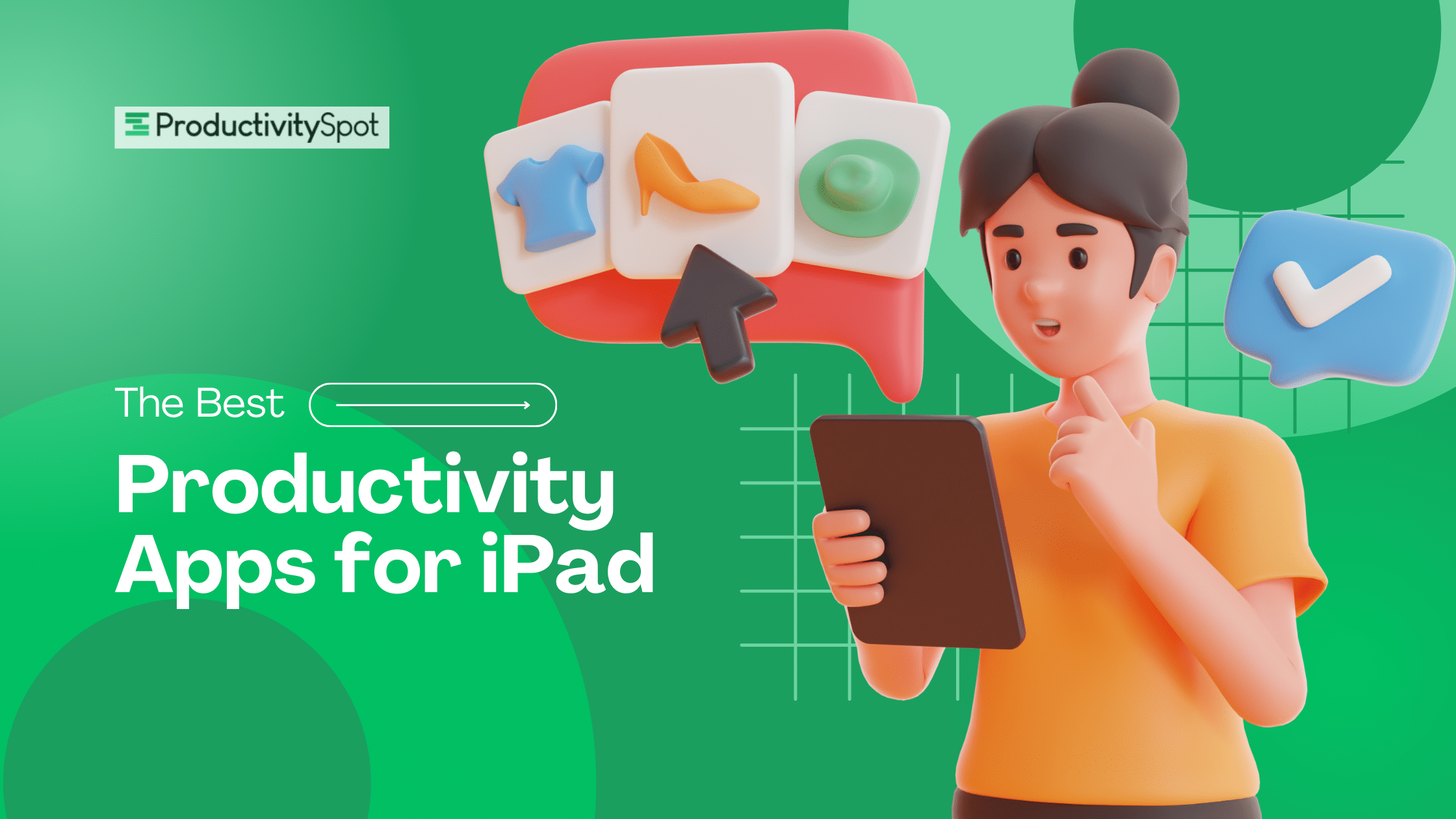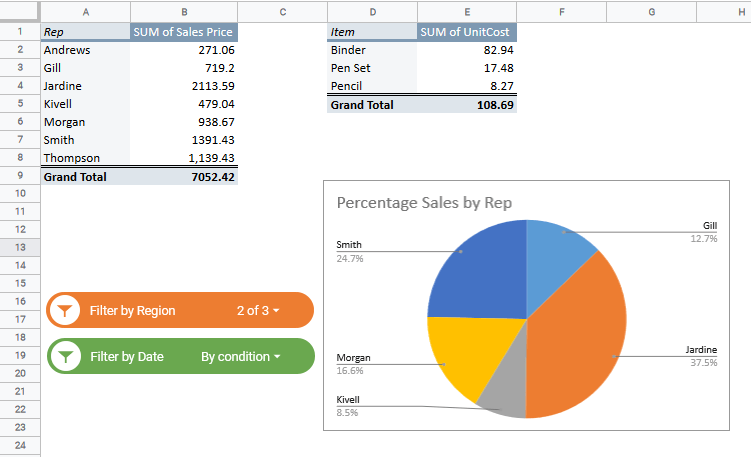There are several ways you can visualize your data in Google Sheets. Unfortunately, there is no simple funnel chart setting, so you have to be a little creative. You could perhaps set up a script to speed up the process for future funnel charts.
Read on to learn a few different methods of how to create a funnel chart in Google Sheets.
This Article Covers:
What is a Funnel Chart?
You can think of a funnel chart as an inverted pyramid that shows interconnected linear processes. It is a great way to visualize your data and helps you gain insight and meaning into trends your data may follow.
For example, it’s challenging to understand the figures of a whole sales process. Using a funnel chart, you can present the process using the inverted pyramid shape. This can help you get a complete insight into the entire sales process.
A few things to know when representing data using a funnel chart:
- The data needs to be linear, sequential, and connected.
- This process is interconnected, meaning that the first stage needs to be fully complete before you can move on to the next one.
Ideally, the first stage should consist of the most prominent figure, and the last step should have the smallest figure – like the shape of a funnel.
Uses of Funnel Charts
There are a few different reasons you may want to use a funnel chart.
Data Visualization
Reading walls of text and numbers can be very annoying and tedious. Instead, visually presenting the numbers is a great technique to help the viewer understand the data. Using funnel charts can help the viewer understand what’s working and what isn’t, especially for a sales funnel chart.
Points Out Bottlenecks
A funnel chart allows you to see the quantity of data in every process. This allows you to quickly identify areas that aren’t giving a sound output compared to the other regions. This helps you accurately know the areas that need improvement and helps predict drop-off points as you move down the funnel.
Gives Overview of Data
Funnel charts give you a quick, colorful summary of all your data that you can easily understand. It also shows the rate of participation at each stage in a process. Make sure you make the charts linear, connected, and sequential, as discussed above. Having a quick overview of data allows you to identify the drop-offs and helps you track the reasons for the drop-off.
Tracks Workflow
Funnel charts can track sales and marketing processes and analyze workflows and are used in operations. For example, suppose an operational process uses an assembly line. In that case, you can utilize the funnel chart to track product assembly from start to finish, track errors and bottlenecks, and fix them.
How to Create a Funnel Chart in Google Sheets Using the Embedded Chart Builder
As of now, Google Sheets doesn’t have the proper “one-click-function” that can make a funnel chart. However, this doesn’t mean that you can’t create an adequate funnel chart. You can follow these steps to create a funnel chart in Google Sheets.
Step 1 – Add or Select Your Values
Start inserting data values in the sheet. Add the values with which you want to make your funnel chart. In the image attached, we have added a few sample values.
- Column A represents the name of your data. This could be each part of a sales funnel, for example.
- Column B is the one that we will make transparent. This will make more sense as we progress with the tutorial. You have to have data to offset the chart.
- Finally, the third column represents the actual count of the data and will determine the length of each section of the funnel chart.
Step 2 – Create the Chart
Now to create a chart:
- Make sure that you have selected the cells you want the Chart made for.
- Click on the Insert tab, and you will see an option called Chart. Clicking it will create a chart in the middle of the screen.

- As you see the Chart appear in the middle of the screen, you will notice the Chart Editor showing up on the screen’s right side. This gives you a variety of options to set up and customize your Chart the way you desire.
As soon as you make the Chart, it won’t be your desired funnel chart. Most likely, Google Sheets will create a line chart.
Step 3 – Customize the Chart to Make a Funnel Chart
Follow these steps to turn the default chart into a funnel chart. Set the Chart Type as Stacked Bar Chart in the Chart Editor. You will now start to see a shape that is similar to the results you want. The blue helper columns are what define the distance from the start to the start of the actual funnel.
The Chart Editor has a lot of options that allow you to customize the Chart however you want it. You can change its colors, fonts, and the thickness of the bars. The Chart Editor pretty much allows you to customize any aspect of your Chart.
To give this Chart its proper funnel shape, we need to hide the blue bars first.
Step 4 – Removing the Helper Bars
We need to hide the helper bars to give the funnel chart the desired look. Keep in mind that you can’t entirely remove the helper bars. Instead, we are just going to hide them by making them transparent.
To do this:
- Double-click on one of the blue helper bars. Usually, it will automatically take you to the Format Data Point option.
- Go to Series and click on Line Opacity and make it 0%. Your chart should now look like a funnel chart.
You can also change the size of the Chart by clicking on the border of the Chart. You will see a blue wall around the edges when you do this, and you can drag it to resize the Chart.
Step 5 (Optional) – Exporting the Funnel Chart

Now you need to export the funnel chart to your computer. To download it:
- Left-click on the Chart once. You will see the Chart come into focus, indicated by the blue border around it.
- Click the three dots on the top right of the Chart. You will see a drop-down list show up.
- Click on Download, and you will be presented with the file types you can download the funnel chart in. These include PNG, PDF, and SVG formats.
- Choose the file type you want and press download. You should see the file start downloading now in your browser’s system tray.
Although this method does show a funnel chart. It’s not very accurate and can be greatly skewed by the values you choose ( like the ones we used in column B in our example). The best way to create a funnel chart in Google Sheets is to use an add-on.
How To Create a Funnel Chart In Google Sheets Using an Add-on
Alternatively, you can download and install an extension in Google Sheets that allows you to create a funnel chart seamlessly. There are a few different types available. We have chosen ChartExpo as our example.
Here are the steps you need to follow to create a funnel chart in Google Sheets using this add-on.
- Navigate to Extensions>Add-ons>Get add-ons

- Search for the app you want to install ChartExpo in our case
- Click on the install button, and it should ask you to verify your Google account and allow a few permissions

Once you allow it, you should be able to find ChartExpo as a Google Sheets add-on. (If you decide to go with a different program, make sure it has a decent rating, as indicated by the smaller arrow in the above example.)

You should see ChartExpo in the Extensions menu, click on it, and then click Open.
If you’re unable to see ChartExpo in the extensions, wait for a minute and refresh the page
A ChartExpo menu should now open up on the right hand side. Click on Create New Chart. This will show you a variety of options to choose from.

- Either scroll down or search to find “Funnel Chart” and click on it. This will show you a number of options to choose from.
- Select the Sheet Name of the sheet you’re currently working on.
- Select the columns and dimensions from the menus below.
- Click on the Create Chart button. Once you do that, you should see a black screen pop up. Don’t worry, as it’s only temporary, and you should see your chart load up in a few seconds.
Editing the Chart

As the chart is displayed on the screen, you will see a few options are shown around it that will allow you to change its appearance the way you want. You can click on Edit Chart, and you will see a number of buttons that will enable you to change various properties in your Chart.
The pencil icon allows you to change the text, font style, data, label, stats, and much more, depending on the type of element it is.
To change the appearance of the funnel chart, click on Chart Settings. You should see a variety of options that will allow you to change the Chart’s margin, padding, background, and border.
Remember to give your Chart a proper name by clicking the chart header and entering the title there.
Once you are done applying your desired settings to the Chart, click on Apply and then click on Save.
Step 5 – Exporting the Chart
Now that you’re don’t customizing the chart according to your liking, you can easily export it.
- Click on Export, and you should see options to either export it as a PNG or a JPG profile.
- Click on the option, and you should see the chart start downloading on your device.
Tips for Creating Funnel Charts
Maintain Consistent Stage Spacing
A funnel chart can be made in a variety of ways, such as a simple triangle. The widths of the stages on the triangle correspond to the data on each level. This could lead to misrepresentation of the size and importance of each step.
Match Labels to Measurement Locations
Another typical error when creating a funnel chart is including an extra rectangular section at the top or bottom of the funnel, then positioning the labels in the center of each zone. At first look, it may appear that regions will appropriately reflect the worth of each step, but this is rarely the case.
Use a Bar-Style Funnel Chart
Not having a bar-style funnel chart means there will be enormous, filled-in regions that draw the viewer’s attention but can’t be understood in relation to the data. It’s better if we have area sizes correlated to stage values, with narrower area boundaries between them.
Include at Least Three Stages
If you’re looking to create a good funnel chart, it’s recommended that you should have at least three stages. Having two steps means there is only a single ratio to show, which eliminates using a funnel chart. A straightforward pie chart or stacked bar is a better way to show two stages.
Can’t I Just Use a Google Sheets Funnel Chart Template?
The best way to create funnel charts is with an add-on. This means that our template will not work unless you already have the required add-on.
If we gave you a template for the built-in Google Sheets graph builder, your data would become skewed as soon as you put in your own parameters.
What Else Should I Know?
Now you should know how to create a funnel chart in Google Sheets. Yet, there are plenty of other graph types in this wonderful program. Check out our charting guides to help you gain a thorough understanding of how and why you may use each of them.
Related posts:
- How to Create a Radar Chart in Google Sheets (Step-by-Step)
- How to Create a Combo Chart in Google Sheets (Step-by-Step)
- How to Make a Pareto Chart in Google Sheets
- How to Make a Bubble Chart in Google Sheets (Easy Guide)
- Creating Candlestick Chart in Google Sheets (Step-by-step)
- How to Make a Dot Plot in Google Sheets (Step by Step Guide)






